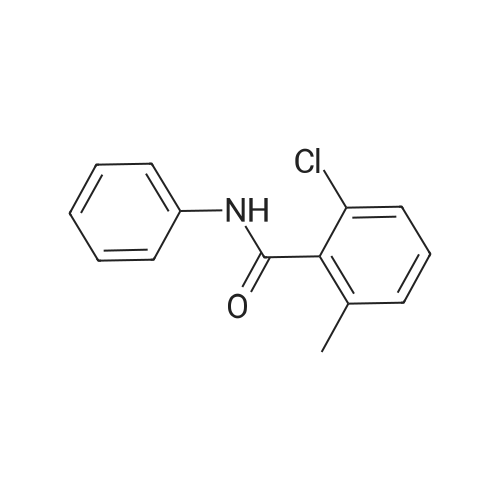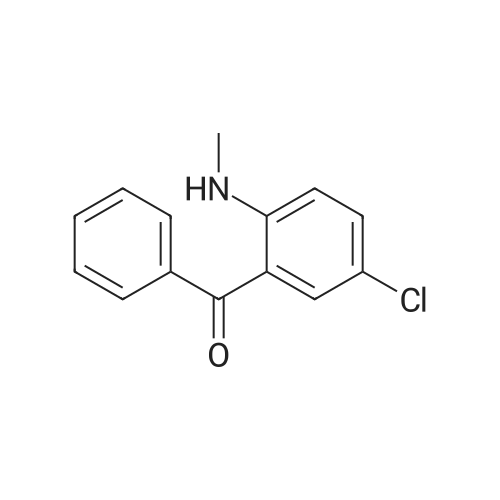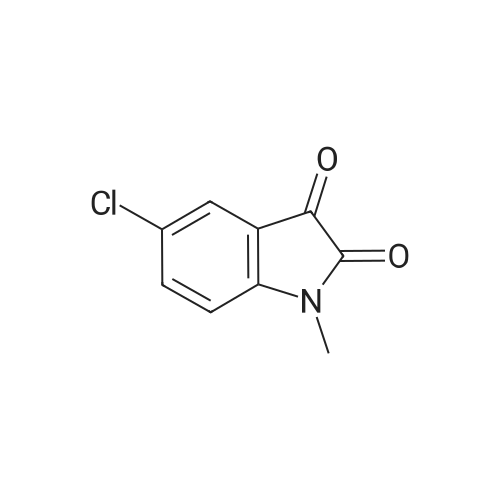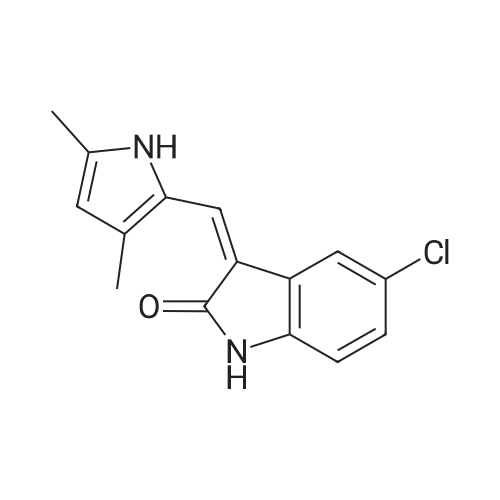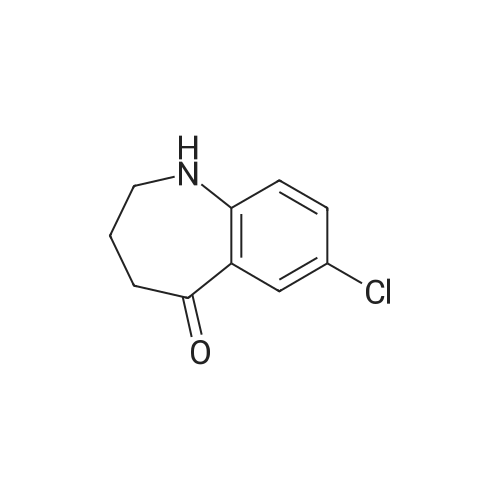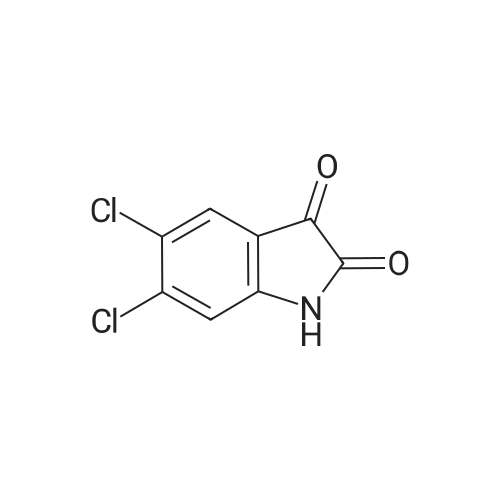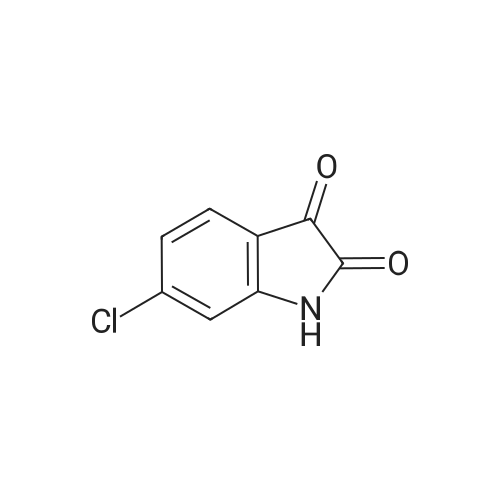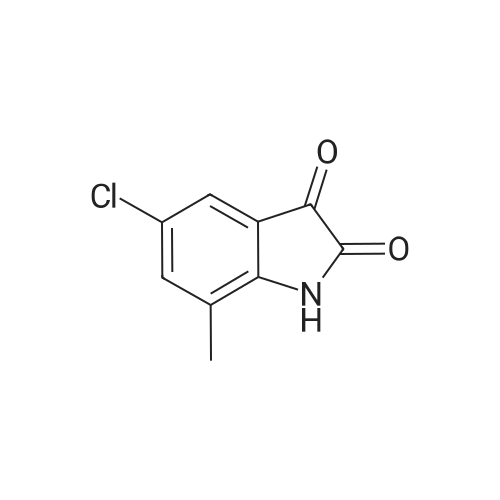| 90% |
Stage #1: With sodium tetrahydroborate In methanol for 1 h;
Stage #2: With hydrogenchloride In methanol; water at 20℃; |
Example 2; Preparation of 7-chloro-5-hydroxy- l-[2-methyl-4-(2-methyl- benzoylamino)benzoyl]-2,3,4,5-tetrahydro- IH- 1-benzazepine; 7-Chloro-l-[2-methyl-4-(2-methylbenzoylamino)benzoyl]-2, 3,4,5- tetrahydro-lH-l-benzazepin-5-one (3.2 g, 7.1 mM) is suspended in methanol (27 mL), and thereto is added at one time crystalline sodium borohydride (96 mg = 2.5 mM), and the mixture is reacted for about one hours. To the reaction mixture is added dropwise 0.5percent diluted hydrochloric acid (9.3 mL), and the mixture is stirred at room temperature and then cooled. The precipitated crystals are separated by filtration, and dried at room temperature to give the desired 7- chloro-5-hydroxy- 1 - [2 -methyl-4- (2 -methylbenzoylamino) benzoyl] - 2,3,4,5-tetrahydro- IH- 1-benzazepine (2.97 g) as white powder (Yield 92 percent, Mp 224.5-225.5°C). The pure 7-chloro-5-hydroxy-l-[2-methyl-4~(2-methylbenzoyl- amino)benzoyl]-2,3,4,5-tetrahydro- IH- 1-benzazepine is obtained by recrystallizing the above product from methanol/ water (4 : 1). The product thus obtained is while crystalline powder (yield of recrystallization, 90 percent, purity more than 99.5 percent, Mp 226-227.5°C). The 7-chloro-5-hydroxy-l-[2-methyl-4-(2-methylbenzoylamino)- benzoyl]-2,3,4,5-tetrahydro- IH- 1-benzazepine thus obtained has the following physical data; (1) NMR spectrum data, (2) IR spectrum data, (3) MS spectrum data and (4) powder X-ray diffraction spectrum data. (1) NMR spectrum: 1H NMR (300MHz, DMSO-d6): major conformational isomer δ= 1.49 (br EPO <DP n="35"/>ddd, J= I 1.3Hz, J= I 1.3Hz, J= I 1.3Hz, IH), 1.74 (br d, J= I 1.3Hz, IH), 1.95 (br ddd, J= I 1.3Hz, J= I 1.3Hz, J=I 1.3Hz, IH), 2.11 (br d, J= I 1.3Hz, IH), 2.34 (s, 6H), 2.68 (br dd, J= I 1.3Hz, J= I 1.3Hz, IH), 4.64 (br d, J=I 1.3Hz, IH), 4.90 (br d, J= 11.3Hz, IH), 5.70 (br d, J=4.6Hz, IH), 6.74 (d, J=8.2Hz, IH), 6.76 (d, J= 10. IHz, IH), 7.05 (dd, J=8.2Hz, J=2.3Hz, IH), 7.25-7.29 (m, 3H), 7.37 (dd, J=7.3Hz, J=7.3Hz, IH), 7.41 (d, J=7.3Hz, IH), 7.50 (d, J=2.3Hz, IH), 7.60 (s, IH), 10.2 (s, IH)(2) IR spectrumIR (KBr): 3397, 3221, 2926, 1657, 1622, 1609, 1395, 1304, 1094, 866, 827, 745 cm-1(3) MS spectrumMS (FAB): m/z = 449 (MH+); (4) Powder X-ray diffraction spectrum 2Ψ = 4.7, 15.4, 18.7, 21.7, 23.5°. The purity is measured by high performance liquid chromatography (HPLC) under the following conditions:Detector: Ultraviolet absorptiometer (UV 254 nm), column: YMC- Pack ODS-A A-312, column temperature: around 25°C, mobile phase: acetonitrile/ water/ phosphoric acid solution (500 : 500 : 1) or acetonitrile/water/phosphoric acid solution (700 : 300 : 1). |

 Chemistry
Chemistry
 Pharmaceutical Intermediates
Pharmaceutical Intermediates
 Inhibitors/Agonists
Inhibitors/Agonists
 Material Science
Material Science















 For Research Only
For Research Only
 120K+ Compounds
120K+ Compounds
 Competitive Price
Competitive Price
 1-2 Day Shipping
1-2 Day Shipping









